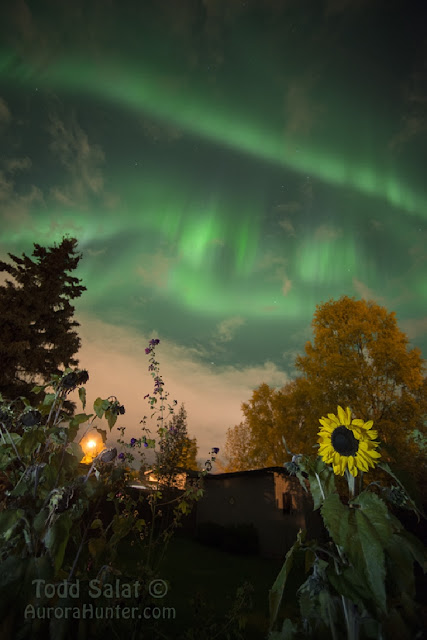Flowing water on Mars:
Yesterday's 'mystery solved' release from NASA seems to point to a certain kind of dark feature on the Martian surface being due to liquid water, stabilised against freezing in the Martian cold, or evaporating in the thin martian air, by the naturally occurring perchlorate salts in the Martian soil. It's a process that occurs on earth (well, similar to) and keeps a very strange lake called 'Don Juan Pond in Antarctica filled.
 |
| Above: Don Juan Pond, Antarctica, is the saltiest lake in the world - it never freezes, not even in the - 50 degrees Celsius of Antarctic winter. Courtesy of the British Antarctic Survey. |
Still others point out that the water in these RSL's will be incredibly salty - maybe too salty for even the toughest extremophiles to drink. But it's still (in my opinion) a good find, and it shows us a (slightly!) friendlier side to the red planet. But don't look to me for the answers, here's the video of the conference (above) - judge for yourselves!
Parts of Africa, the America's, and the Atlantic suffered a radio blackout yesterday, as a result of a solar flare.The map below shows the most severely affected areas. This isn't an unusual event, and although really big solar events have been known to knock out power grids, there doesn't seem to be any danger of that happening here.
It seems that, for a while now, ESA's Rosetta spacecraft has been exploring not one comet but two - The famous double-lobed shape of comet 67-P is due to it actually being two comets stuck together:
“It is clear from the images that both lobes have an outer envelope of
material organised in distinct layers, and we think these extend for
several hundred metres below the surface,” says Matteo Massironi, lead
author from the University of Padova, Italy, and an associate scientist
of the OSIRIS team.
“You can imagine the layering a bit like an onion, except in this case we are considering two separate onions of differing size that have grown independently before fusing together.”
 |
| Above: Two infographics from ESA, showing the layering on Comet 67-P |



































